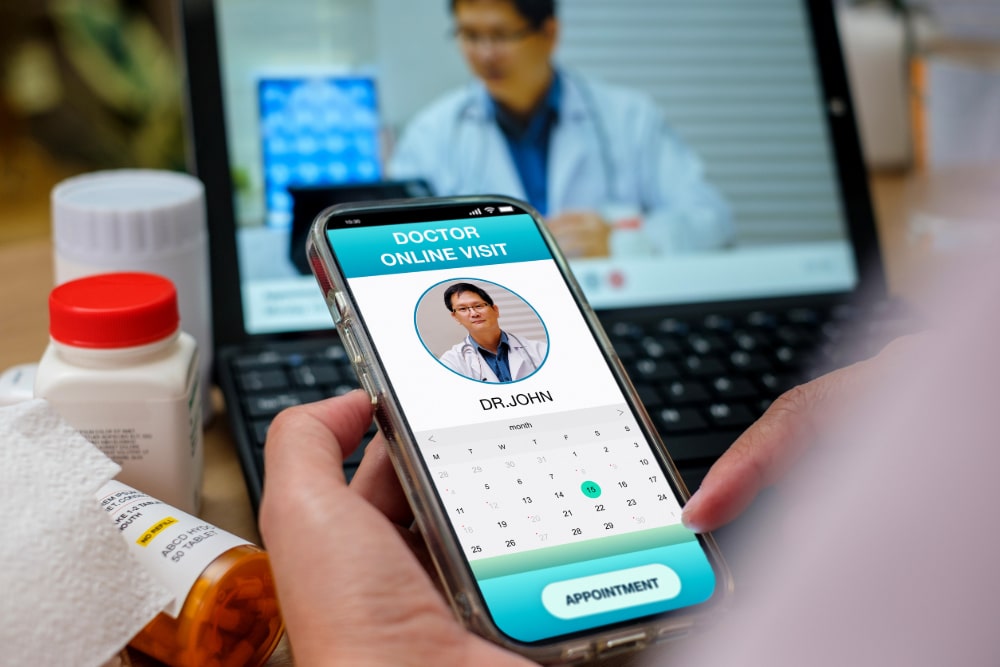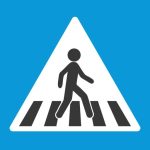The Digital Revolution in Addiction Treatment, Part 1

Addiction treatment has gone high-tech, with smartphones doing more and more of the heavy lifting in recovery. It starts with referrals to treatment. For any substance use disorder or behavioral disorder you can imagine, type it into a search engine and the first result is usually a hotline or link to a crisis line. Help is literally one-click, text or call away.
You will also see a great many sponsored advertisements. As we reported in our previous post on the business side of opioid use disorder, there are many companies vying to get a piece of drug company settlements over the opioid epidemic. There are also insurance companies and medical providers struggling to find the most cost-effective treatments for substance use disorders and behavioral disorders.
After initial contact, the next phase of treatment is usually screening. The tools for screening for substance use disorders have improved dramatically. For example, breathalyzers built into smartphones to test for intoxication. A device designed in Sweden “can detect 12 different controlled substances, including methamphetamine, cocaine, heroin, morphine and marijuana,” says U.S. News and World Report.
Increasingly, smartphone apps can be used to detect departures from homeostasis in a variety of ways, including monitoring insulin levels, blood pressure, and heartbeat. Alcohol use can be monitored remotely by requiring a person to blow into a smartphone-connected breathalyzer on-camera. Scientists are working on a similar device for detecting other controlled substances.
Smartphones have also been a critical component of a concerted effort to distribute screening information, tools, and techniques to a wider circle of first responders and medical providers. SAMHSA, the Substance Abuse and Mental Health Services Administration, has pushed the SBRIT model of Screening, Brief Intervention and Referral to Treatment, with a special “focus on screening for underage drinking, opioid use, and other substance use.”
The SBRIT model resulted in more than doubling the number of young people who started receiving treatment for alcohol use disorder (AUD) who reported not using alcohol in the past 30 days after a six-month followup. SBRIT calls for a screening time of “5-10 minutes.” They also recommend that everyone receive the same screening, and that the screening should target only one problem substance or behavior.
Some commonly used screening tools recommended by SAMHSA for the implementation of SBIRT for alcohol and drug use are:
- AUDIT – Alcohol Use Disorders Identification Test
- DAST – Drug Abuse Screening Test
- ASSIST – Alcohol, Smoking, Substance Involvement, Screening Test
- CAGE – Cut Down, Annoyed, Guilty, Eye-Opener
All of these assessments have online versions or smartphone versions. The links above will direct you to online screening information. It is fairly seamless to move from screening to referral if the user is insured. Digital tools make it possible to immediately get confirmation of acceptance for treatment and an appointment.
In our next post at AddictionNews, we will follow the digital revolution from referral to treatment for substance use disorders and behavioral disorders. We’ll look at what telehealth giant, Talkspace, is providing, and some of the startups they’re encouraging in addiction recovery.
Written by Steve O’Keefe. First published March 10, 2025.
Sources:
“Inventory and Analysis of Controlled Trials of Mobile Phone Applications Targeting Substance Use Disorders: A Systematic Review,” Frontiers in Psychiatry, February 2021.
“Opioid overdose detection using smartphones,” Science Translational Medicine, January 2019.
“Smartphone Apps Targeting Alcohol and Illicit Substance Use: Systematic Search in Commercial App Stores and Critical Content Analysis,” JMIR Mhealth Uhealth, April 2019.
Image Copyright: weedezign.
Screen capture of Google search for “opioid use disorder” conducted March 3, 2025. Used under Fair Use: Commentary.




